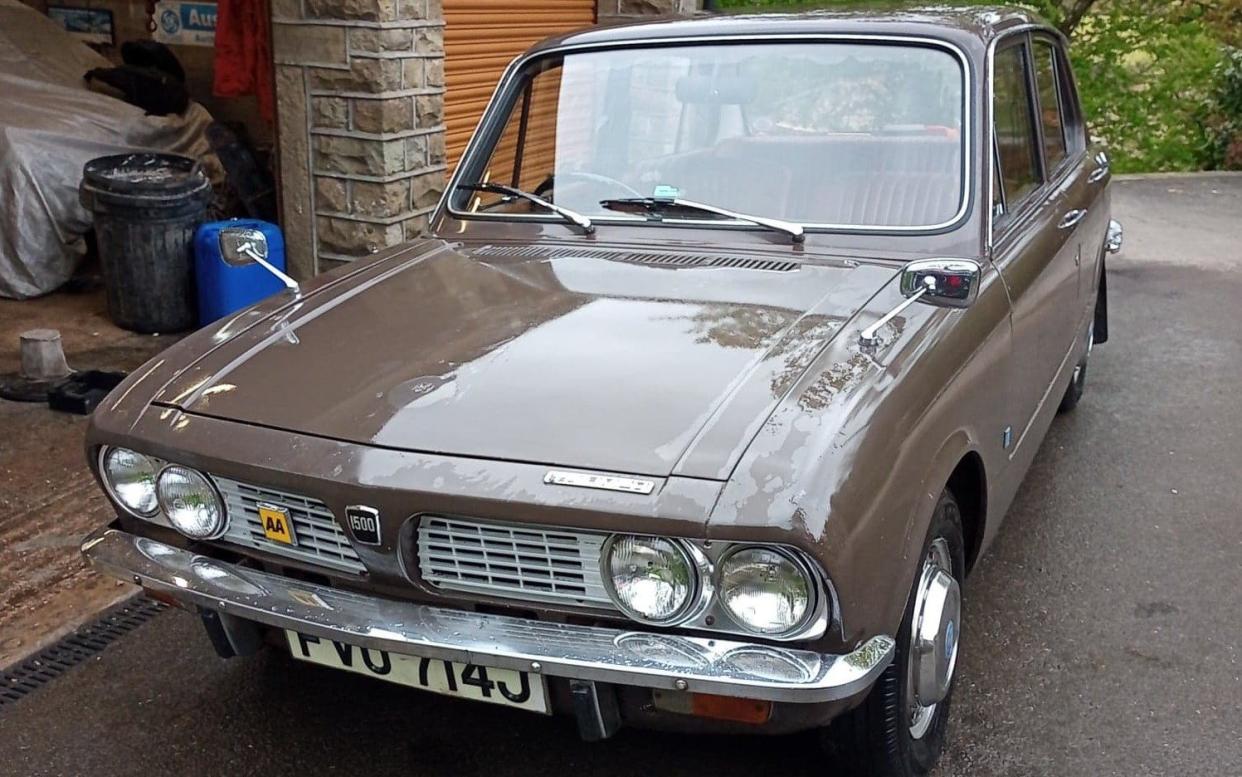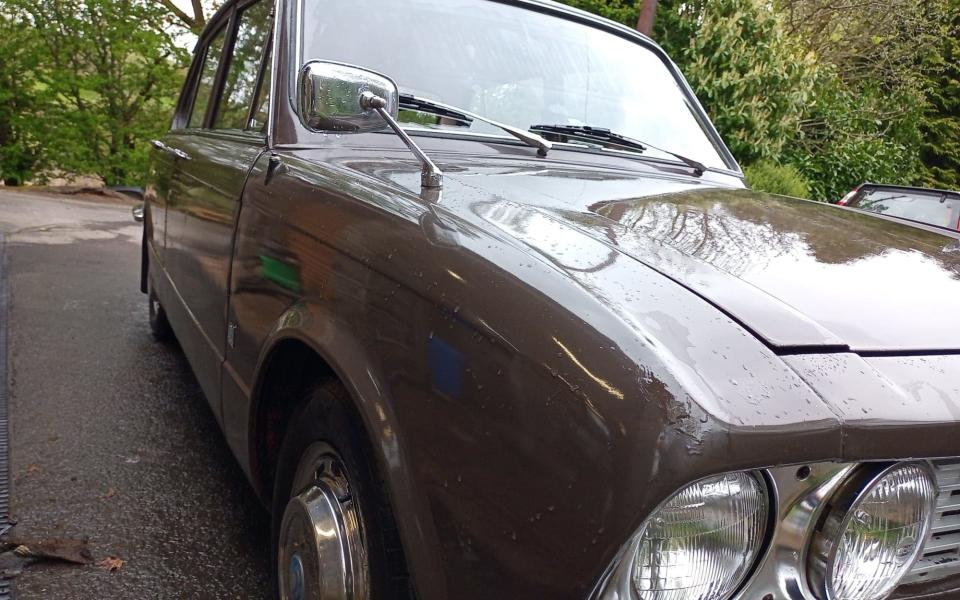UK’s rarest cars: 1971 Triumph 1500, one of only 84 left on British roads

Some cars are unfairly overshadowed by their more flamboyant brethren, such as the Morris Mini-Minor and the motorsport-linked Cooper S. The same applies to the Triumph 1500 compared with its sportier Dolomite stablemate. Yet, the former once occupied a niche for motorists who wished to combine tradition with BMW aspirations and an East Cheam income.
In true British Leyland fashion, the Dolomite narrative is one of immense complexity, encompassing various body lengths, engines and even a bizarre mix of front- and rear-wheel drive chassis, depending on model.
The original 1300 debuted in September 1965 as Triumph’s first front-wheel-drive-car. Five years later, two models replaced it: the Toledo and the 1500. The former retained the 1.3-litre engine but with simplified trim and rear-wheel-drive. Triumph hoped the Toledo would also appeal to former Herald owners.

The 1500 retained the front-drive layout with a 1,493cc engine, a longer boot and a smart new grille with quad headlights. The Telegraph regarded the new powerplant as an improvement over the 1300’s unit, which they described as “the old Standard 8 engine stretched almost to bursting point”. The 1500 also had a live axle instead of its predecessor’s independent rear suspension, to reduce costs.
On launch, the 1500 cost £1,113 6s 5d, which gained the owner “an interior rich in hedonistic joys”; expectations of decadence were fairly limited in early 1970s suburbia. Somewhat more prosaically, the specification included a cigar lighter, two-speed wipers, a multi-adjustable driver’s seat and a steering column adjustable for height and length.
Autocar thought: “For the family man who can afford it, the car will appeal as much for its comfort as for the prestige it brings.” The launch publicity echoed this view, claiming “a car that will collect jealous glances wherever it appears”. The 1500’s looks were less brash than the Ford Cortina Mk3 1600 GT or the Morris Marina 1.8TC – saloons dismissed by some Triumph owners as transport for area sales managers who resembled Reg Varney from On the Buses.
The 1500’s main sales points were Michelotti’s styling and level of standard equipment, but the 87mph top speed was not in the Alfa Romeo class. A test by this paper on 16 June 1971 stated: “When fitted with an engine truly worthy of it, the Triumph 1500 will be one of the finest medium saloons on the market.” However, another review complained: “What a pity they have not yet managed to use the 1.7-litre overhead-camshaft engine which they build and deliver to Saab!”

As if in response, in 1972 BL finally introduced the long-delayed Dolomite, which combined the 1500’s body with a slanted four-cylinder, 1,854cc overhead-cam engine driving the rear wheels. The arrival of the Sprint in 1973 further isolated the 1500 as the line-up’s sole front-driven car, so in that autumn the rear-drive 1500TC replaced it after 66,353 units. Triumph heralded the new model with a cinema commercial seemingly inspired by Confessions of a Window Cleaner.
In 1976 BL finally integrated the range with the same body and the 1500TC facelifted as the Dolomite 1500HL. Production ended in 1980, and Kevin Hirst acquired his 1500, one of only 84 survivors, in 2019. He explains: “It had lived at the Lincolnshire Transport Museum for nearly 30 years, and when I bought the Triumph it was in poor condition, a non-runner with many missing parts.”

Hirst restored the 1500 during various Covid lockdowns and by June 2020 it was once again the “1 ½ litre limousine”, to quote the sales copy. Today, he uses it for work in films and television programmes, with his Triumph often appearing in period dramas. Hirst remarks: “Although the 1500 feels a bit heavy compared with my Toledo, it seems lighter than the Dolomite, and the handling is better.”
The 1500 broke no significant grounds, for all its hedonistic cabin. And nor, unlike the Dolomite, did it have any pretensions of being a sports saloon. Instead, it maintained Triumph’s reputation for making pleasant well-furnished saloons as much as sports cars. Plus, it is hard to resist the “matt walnut facia” and the “deep contoured seats”.

 Yahoo News
Yahoo News 
